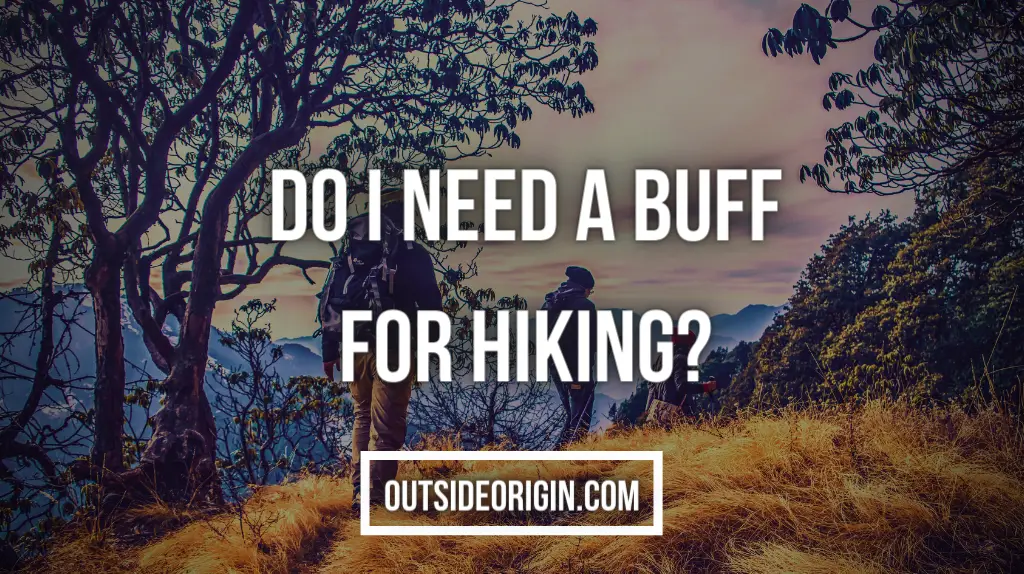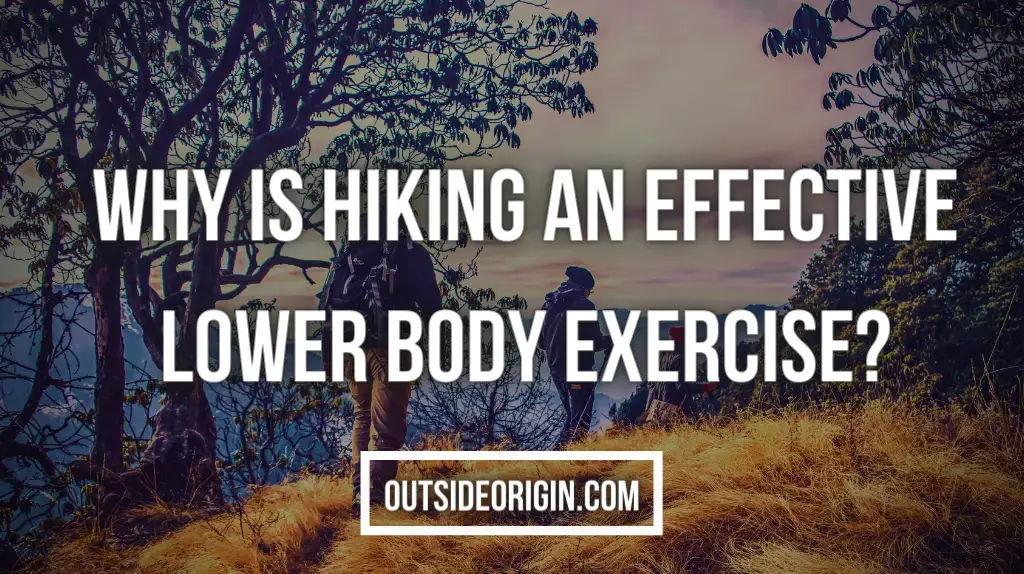Hiking gear shopping addiction is common among hikers of all abilities. As there are so many wonderful camping gadgets and gizmos on the market, resisting the temptation to buy new ones is challenging.
Despite the fact that some camping essentials may appear a little unneeded, there are a few items that are very essential. With the buff, you might have an entirely new experience when you’re out in the woods.
Amateur hikers may not be familiar with the term “buff,” which refers to a person’s physical strength. You may be wondering what a hiking buff is. There are a variety of ways to utilize a hiking buff while on the trail and away from civilization, making it an essential part of most hikers’ equipment.
What Is A Hiker Buff?
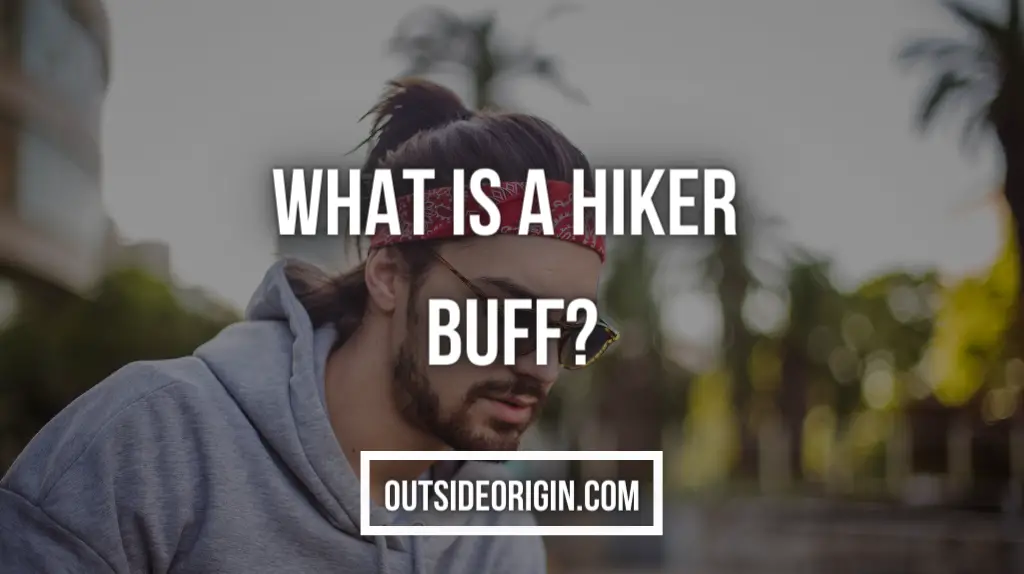
To put it simply, hiking buffs are nothing more than tubes of ultralight microfiber. They come in handy in a wide variety of circumstances encountered while hiking. Due to their thin construction, hiking buffs can be worn as a hat in the morning for added warmth. It can be used as a semi-scarf to keep your body temperature up when worn around your neck.
Moreover, buffs can be used for a variety of outdoor activities because of their numerous advantages. Owing to its ability to wick away perspiration and regulate your body temperature, these garments are ideal for exercising too.
Now that we know what a buff is, let’s take a look at all the different ways it can be put to use. This will give you a better idea of how a buff works and why you should carry one when you go hiking.
What Are the Most Common Applications Of A Hiking Buff?
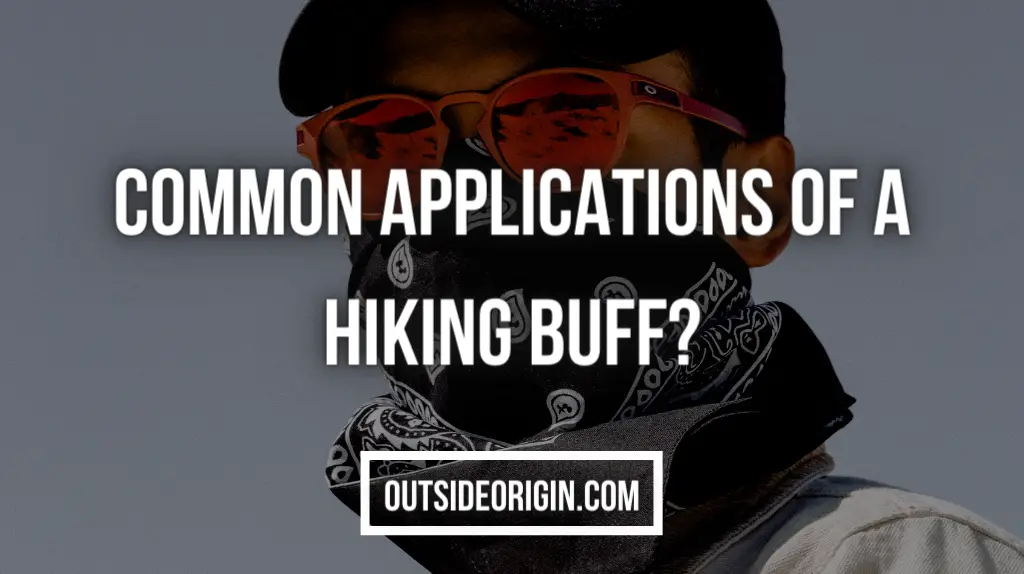
Backpackers and hikers use a hiking buff for a variety of reasons, from blocking out the sun to bandaging a wound to keep it clean.
A hiking buff is a multipurpose tool and can be used for a variety of various reasons, making it a perfect trekking item to bring with you. No sling, complicated knot, or other tying help is required to accomplish any of the following.
- Eyeshield: For those who have trouble sleeping at night because of bright light, many people use eye masks to keep their vision from deteriorating.
- Micro Towel: Using the micro towel to wash and clean yourself while away from showers is a use that just makes sense, and it also helps to keep the region smelling fresh!
- Facemask: The ability to cover your nose and mouth when it’s chilly outside can be extremely useful, allowing you to breathe freely while shielding those parts of your body that can’t handle the weather. As a result, you’re able to retain more of your body’s heat and lose less of it to the environment when you’re outside in the cold.
- Facecloth: Getting the buff wet and using it to clean or wipe off your face is another application that many don’t appreciate until they’re out on the trail. That clean sensation may improve your day!
- Bandage: Buffs can be a lifesaver if you suffer an injury on a trip that is too large to be treated with a bandage or other first aid supplies, and this is where they come in handy.
Additional Perks Of A Hiking Buff

There is a slew of things to consider when deciding whether or not a hiking buff is suited for you and your gear setup. Buffs are usually worn on your person, making them less likely to be stolen and allowing you to carry less gear.
1. No Need To Tie A Knot
Knotting bandanas or other fabrics around your neck can cause discomfort and other concerns, such as hot spots or continuous irritation, which can lead to physical impairment.
2. Less Probable Of Being Misplaced Or Stolen
Buffs are difficult to lose or misplace on the path because they are worn on the person’s body. Stopping for a rest or a bite to eat and then abandoning your gear is a common occurrence on the route. This means that you’ll either have to consider it a loss or you’ll have to go back to retrieve it, which will add time to your journey to your next camping place.
3. Reduced Number Of Things To Transit
Many of the stuff you’d ordinarily need to bring on a hiking trip can be replaced with buffs. As an alternative to having to carry a scarf and hat and a towel, the use of a buff allows you to carry far less stuff.
4. Adaptability & Versatility
It appears that there are at least 12 different ways to wear a buff. A hat, headband, neck gaiter, balaclava, sun, wind, or dust screen, bandana, helmet liner, scarf, pirate-style cap, and hairband are among the most prevalent usage recorded by hikers.
5. Protects You From Harmful UV Rays
Buffs aren’t just for keeping you toasty; they also protect your skin from the sun’s damaging ultraviolet rays. Buff Headwear even creates special anti-UV buffs, which provide even better sun protection than those made by the company.
Wearing a multifunctional headwear like this one is a great way to protect yourself from the elements. Using this, you’ll be able to shield your exposed forehead from the elements. The rest of the buff material can then be draped loosely around your neck to provide shade on very hot days.
What Is The Proper Way To Clean A Buff?
Take the time to verify that the item you are purchasing is machine washable before you buy it. Take the time to properly care after your buff, and you’ll get more use out of it.
Due to the thinness of the fabric and the speed at which it dries, most experts advise hand washing and air drying.
Alternate Ways To Put Your Buff To Use
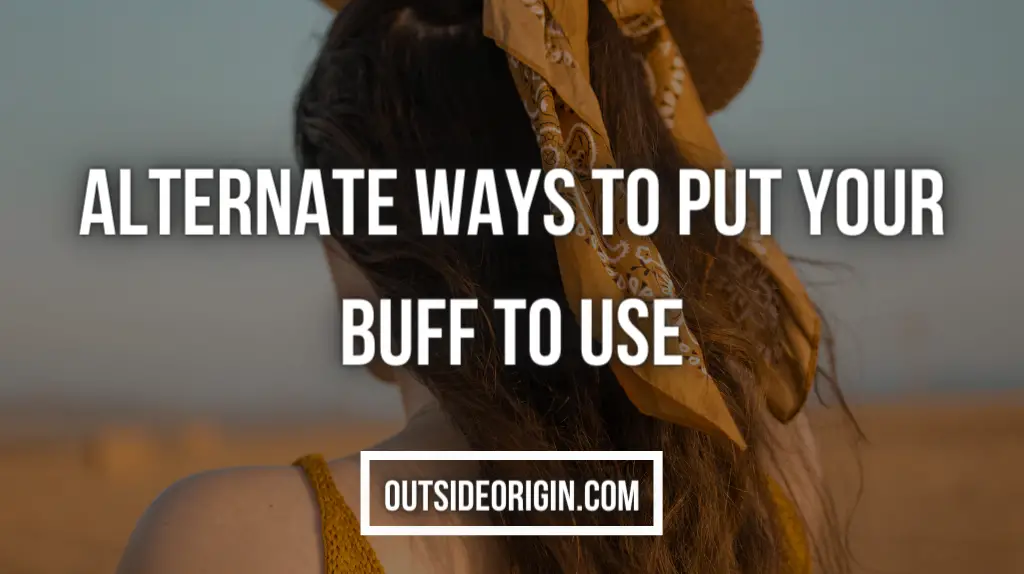
You do not have to wear your buff to benefit from it. Your buff can be used to a variety of uses because it is made of elastic material. A single buff, for example, is large enough to be used as a makeshift sling for small people. Slide in the damaged arm and secure it around the elbow with the material that has been slid around the neck.
Although it is likely that you will be hiking with other people who each have their own buffs, adults will only require two to make a hiking sling. As a last resort, you can connect the two neck and arm bandages by wrapping one of them around each other.
As quickly as possible, apply pressure to any wounds or injuries that are still open. This multipurpose headgear could literally save your life if you use it as a makeshift tourniquet. A stick can be used to tighten the bandage around the damaged limb above the wound, so the blood supply is reduced. Tighten or twist the wounded region with the use of a buff to keep it in place and provide support.
You can use a buff as an armband to hold your phone or as a carry strap to connect extra stuff to your backpack. To create a little bag, you can even tie one end of the headgear around itself. Many outdoor enthusiasts never leave the house without one of these extremely multipurpose pieces of gear.
Conclusion: Final Thoughts!
Backpacking buffs are a great addition to any gear list this millennium. If you want to keep your head warm in the winter and protected from the sun, nothing beats a good hat. There are so many ways buffs can come in handy for people who love to hike, ride, and participate in winter sports that we can’t even begin to list them all.
So, the next time you go camping or snowboarding, don’t forget to carry your buff. All of your gear will be more comfortable because of the weather protection it provides.
Can You Do Me A Small Favor?
We have put a lot of time & effort into writing this post to provide you with the best info out there.
It’ll help us out if you could consider sharing it on your social media networks. You are also allowed to take any photo you want from our blog as long as you credit and link back!
Appreciate it! ❤️️
I am Jordan James, I am a writer and researcher over here at Outside Origin. I love spending time in nature and just being outside. I have hiked many trails such as the Appalachian Trail, Pennine Way, Half Dome to name a few.

